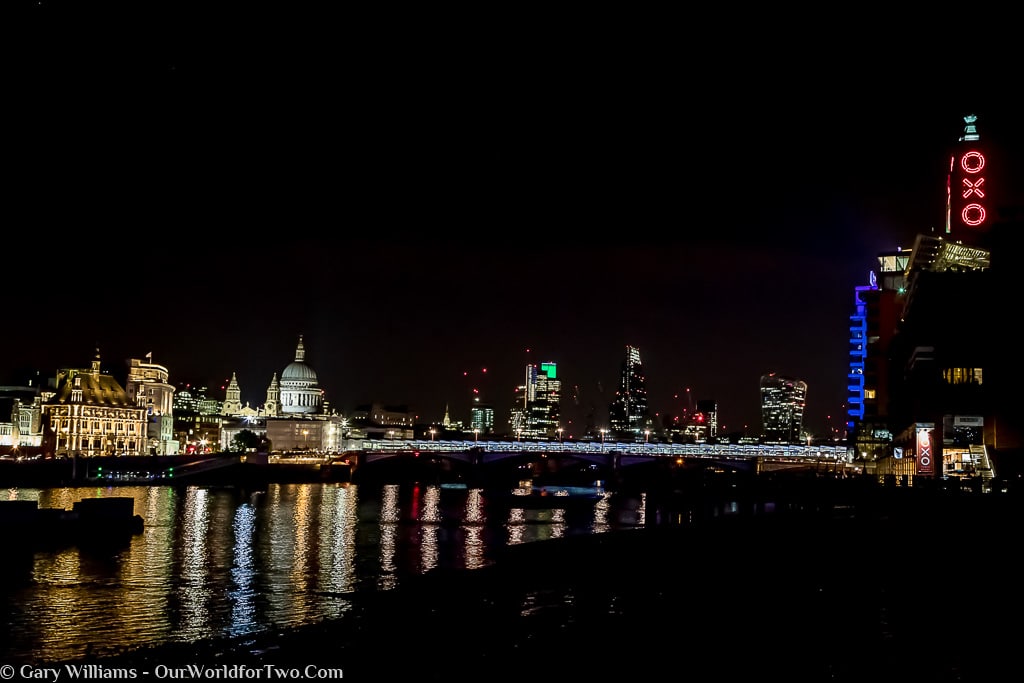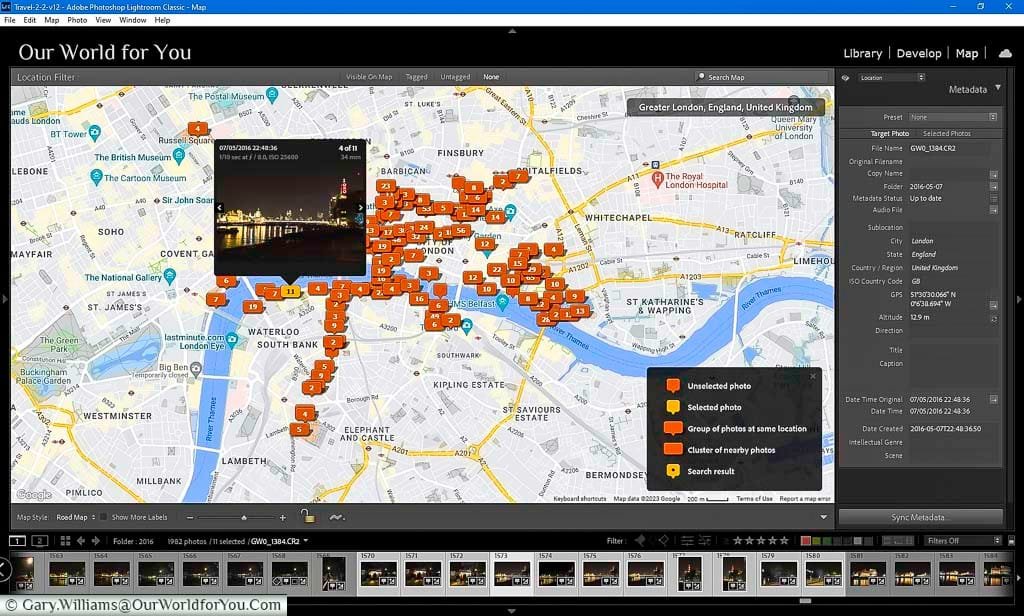Because Canon read my mind
After a few years of patiently waiting, Canon launched the 1Dx MkII, a camera that ticked my boxes and offered more.
So did it meet my requirements of geotagging and improved light sensitivity? Of course it did. It offered a lot more too. One surprise was that the resolution remained very similar, but that wasn’t a problem. The 21 megapixels it offered were fine for what I wanted.
I pre-ordered the camera and then waited the agonising 12 weeks from launch to delivery.
I had a lens that failed years ago on our trip to Tallinn. A lesson to refrain from packing your valuable lens in the hold luggage, regardless of how secure you think you have packed it—time to get that fixed. Life would involve taking a lot more photographs, which I relished.
Then it arrived.
Just in time for our trip to the City of London. So a trial by fire for the camera. One thing I overlooked was the need to upgrade the memory cards.
Despite the camera having the same resolution as the outgoing model, Canon had implemented a different standard for one of the card slots. The previous 1Ds had a pair CompactFlash (CF) cards with Secure Digital (SD) cards. Canon has now replaced the SD card with CFast, or CompactFast.
Unfortunately, everyone was one step ahead of me, and stock of the CFast cards was nil. So I was constrained to just my existing CompactFlash. Not a huge issue, but my planning could have been better.
So on the road, how did it fare?
The great thing about Canon is they ensure that the function buttons remain in the same position. So picking it up for the first time, it felt very familiar. There were one or two anomalies, but that first trip went well. The only issue I saw was battery consumption. The problem with the GPS is that it is an additional pull on the battery. So where a full charge would typically last a complete mini-break, The battery needed charging at the end of every day.
A walk along London’s South Bank in the late evening demonstrated the camera’s low-light abilities. We have a big tick there, however, the truth would only unfold once we got to processing the images.

And once you got the images in Adobe Lightroom?

Seeing that data successfully imported into Adobe Lightroom was
great and bodes well for future adventures. The quality of the images, especially the low-light ones, was great.
There was just one problem, and that was me…
* This post may contain links to affiliated sites where we earn a small commission at no additional charge to you.
